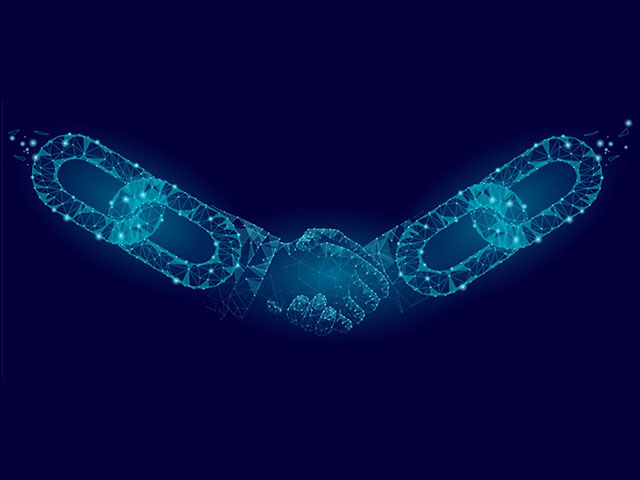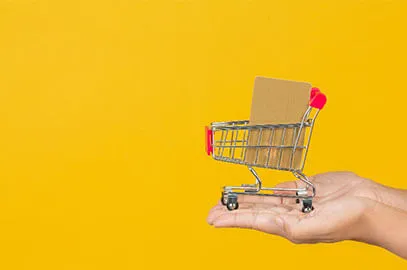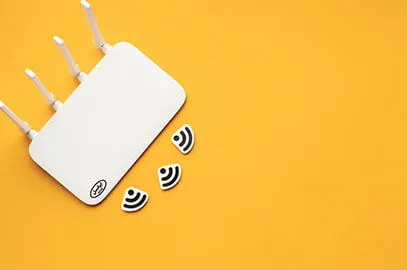What is blockchain and what are its applications?

The blockchain is a powerful technology that currently supports cryptocurrencies exchanges, but it should be noted that blockchain technology has also influenced many other innovative areas and has revolutionized many of the previous solutions. In this article, we try to look at various aspects of blockchain technology that you should be familiar with.
Many people think blockchain is essentially a technology related to cryptocurrencies, such as Bitcoin. Indeed, it’s true that without blockchain technology, digital currencies are facing a lot of challenges that can even endanger their existence. However, blockchain is an independent technology that can be used in many areas.
If you’ve been curious about blockchain so far, you’ve probably noticed that in many cases it is compared with a digital ledger. Of course, this comparison is pretty much correct because, just as all financial transactions are registered in the ledger, all digital transactions are also recorded in blockchain’s structure and can be verified. However, its distinction is that not only it can be used to record financial transaction information along with a very broader set of information, but it’s also secure through cryptography and forms in a trusted chain.
In this technology, each block represents some transactional records which a chain with a hash function links all of them. Each record is confirmed by a distributed network of computers when it’s created and paired up with the previous entry in the chain, which ultimately forms the blockchain structure.
The entire blockchain is retained on a huge network of computers, meaning that no single person can control its history. This feature is really important because it certifies everything that has already happened in the chain. Also, this means that no one can go back and change records. In fact, it’s the same feature that turns blockchain into a public ledger that can’t be tampered with, and it provides a built-in layer of protection that that isn’t possible in a standard, centralized database.
Blockchain and other DLTs (Distributed Ledger Technology) are trying to provide a decentralized, near-tamper proof way to recording and carrying out transactions. Note that these transactions can be financial or include a wide range of other interactions such as the loading of goods onto a lorry or the use of raw materials in the production process of a product.
For example, blockchain provides the ability to track and monitor raw materials as they pass through supply chains, so it offers more transparency and the ability to trace materials to source. In the field of logistics, the technology also makes it possible to keep track of each stage of a transport container’s journey between origin and destination. It also provides a clear record of who has authorized its transfer, who transferred it and when it’s been transferred. The same applies to other areas, such as the automotive industry, agriculture, etc.
“Blockchain technology is a decentralized database that stores a registry of assets and transactions across a peer-to-peer network. A public registry of who owns what and who transacts what. Those transactions are secured through cryptography, and over time that transaction history gets locked in blocks of data that are then cryptographically linked together and secured. This process creates an immutable, unforgeable record of all the transactions across this network.” said Bettina Warburg, an entrepreneur and researcher of this technology
Of course, you should note that blockchain and other DLTs are not perfect. For example, scalability is considered as one of the biggest challenges for blockchain. Simply put, the longer the chain of records on the network, it will be more difficult to maintain and adding new blocks. In fact, this is a limitation that raises problems such as the ever-increasing complexity of extracting cryptocurrencies like Bitcoin. On the other hand, it can easily be used for a primitive function like bitcoin, but when it comes to more complicated things, the information stored in each block increases, which makes it more difficult to maintain the fully decentralized structure of blockchain.
However, there is no doubt that Blockacin has a significant potential for organizing many business domains. That’s why many government agencies, research institutes and large companies around the world have paid attention to it. At the same time, it is natural that with increasing reliance on this technology, its accuracy and security should be verified continuously.


